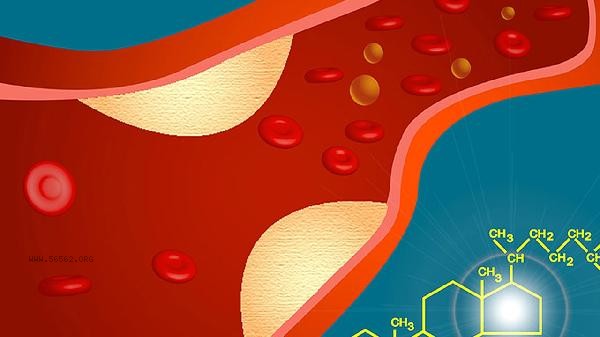There is a certain risk of high blood pressure caused by renal artery stenosis, and timely treatment can improve prognosis. The lifespan depends on the severity of the condition and the effectiveness of treatment. Renal artery stenosis may lead to hypertension, renal dysfunction, and even kidney failure, and the condition needs to be controlled through medication, interventional therapy, or surgical treatment.

Renal artery stenosis is a disease that narrows or blocks the lumen of the renal artery. Common causes include atherosclerosis, fibromuscular dysplasia, etc. Narrowing leads to a decrease in renal blood flow, activating the renin angiotensin aldosterone system and causing an increase in blood pressure. Long term hypertension may damage kidney function, forming a vicious cycle, and in severe cases, may lead to renal failure.
1. Drug therapy is the foundation, mainly controlling the condition through antihypertensive drugs and drugs that improve renal blood flow. Common medications include angiotensin-converting enzyme inhibitors such as enalapril, angiotensin II receptor antagonists such as losartan, and calcium channel blockers such as amlodipine. These drugs not only lower blood pressure, but also protect kidney function.

2. Interventional therapy is a commonly used method for renal artery stenosis, mainly including renal artery balloon dilation and stent implantation. Balloon dilation involves delivering a balloon through a catheter to the narrowed area to dilate the blood vessel; The stent implantation procedure involves placing the stent after dilation to maintain vascular patency. Interventional therapy has minimal trauma, fast recovery, and is suitable for most patients.
3. Surgical treatment is suitable for cases where interventional therapy is ineffective or complex, including renal artery bypass grafting and renal artery endarterectomy. Bypass grafting involves transplanting blood vessels to bypass narrow areas and restore blood flow; Endometrial dissection involves removing the diseased tissue of the vascular endothelium and enlarging the lumen. The surgical effect is definite, but the trauma is significant, and the indications need to be strictly evaluated. Patients with renal artery stenosis should regularly monitor blood pressure and renal function, avoid high salt diets, control weight, and engage in moderate exercise. A low salt diet can help lower blood pressure, and it is recommended to consume no more than 5 grams of salt per day. You can choose aerobic exercises such as walking and swimming for at least 150 minutes per week to enhance cardiovascular function.
High blood pressure caused by renal artery stenosis needs to be treated in a timely manner. Improving the condition through medication, intervention, or surgery, combined with lifestyle adjustments, can effectively control blood pressure, delay renal function damage, and improve quality of life. Regular follow-up and active treatment are key, and patients should follow medical advice, maintain good lifestyle habits, and avoid worsening of their condition.









Comments (0)
Leave a Comment
No comments yet
Be the first to share your thoughts!